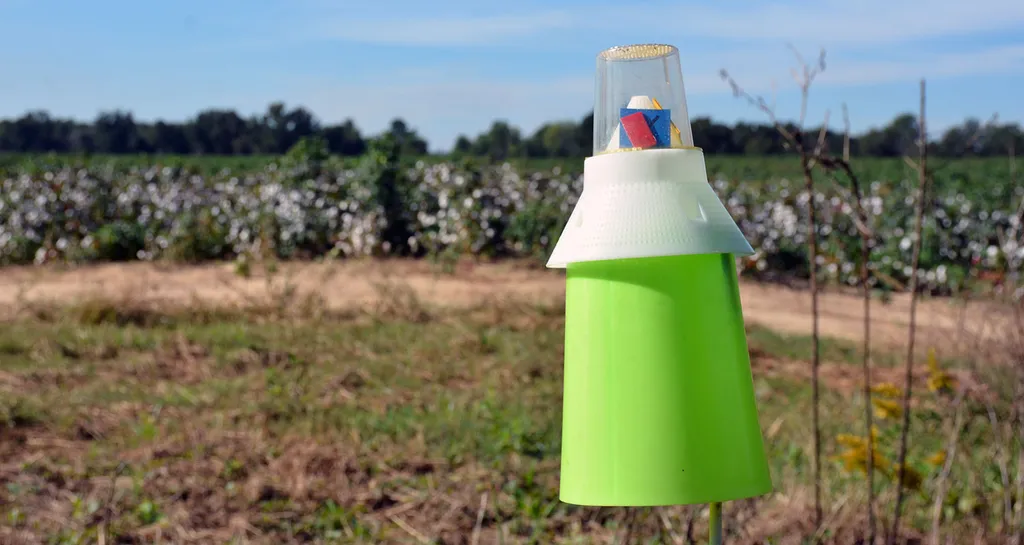In the cotton fields of Jenkins County, Georgia, a quiet technological shift is underway—one that could reshape how rural farmers manage pests, reduce costs, and protect public health. Here, where cotton contributes nearly $1 billion annually to the state’s economy, only 13% of farmers use precision agriculture, despite its promise of smarter, data-driven farming. A new pilot project is testing whether AI-powered sensors can bridge that gap, offering a model for how rural communities can adopt advanced tools without the infrastructure or funding typically found in urban centers.
The initiative, led by Georgia Southern University and the City of Millen in collaboration with the University of Georgia Cooperative Extension, local high schools, and agtech company FarmSense, is deploying AI-driven insect traps to monitor pest populations in real time. These traps, called FlightSensors, use infrared light and machine learning to identify pests by their unique wingbeat patterns—replacing labor-intensive manual scouting with automated, precise data. For farmers battling stink bugs, bollworms, and aphids, this means fewer guesswork sprayings and more targeted pesticide use, cutting both costs and environmental risks.
The project is part of a broader effort by the Partnership for Innovation, a coalition spanning academia, government, and industry, which has supported over 220 community-driven projects across seven states. While much of AI’s economic impact has focused on corporate applications like customer service and software development, this work highlights a different opportunity: using AI to solve localized challenges in agriculture, infrastructure, and public health. In Jenkins County, where cotton fields stretch across 1.1 million acres, the stakes are high—not just for crop yields, but for the health of residents exposed to pesticide drift.
Early findings suggest the sensors can do more than detect pests; they’re helping farmers refine their decision-making. By tracking insect populations over time, the AI system provides insights that persist even after the technology is removed. Farmers learn to recognize patterns, adjusting spraying schedules based on real data rather than routine. Meanwhile, students and local workers gain hands-on experience with agtech, building skills that could open doors to future careers in precision agriculture.
The implications extend beyond cotton. If successful, this model—rooted in public-private-academic partnerships—could be adapted for other crops, other pests, and even other rural industries. Mosquito and tick surveillance, soil health monitoring, and water management are all potential applications. What’s notable here isn’t just the technology, but the approach: innovation tailored to the needs of a small community, leveraging local institutions like schools and extension offices to ensure the solutions stick.
For rural America, where access to cutting-edge tools often lags, projects like this offer a roadmap. They demonstrate that AI doesn’t have to be the domain of Silicon Valley or corporate R&D labs to make a difference. With the right collaborations, even small towns can turn data into action—reducing costs, improving health, and preparing for a future where technology and tradition work hand in hand.
The bigger question may be whether this blueprint can scale. If Jenkins County’s cotton farmers can cut pesticide use while boosting their bottom line, the lesson for other rural communities is clear: innovation isn’t about where you are—it’s about who you partner with and how you apply the tools at hand.

